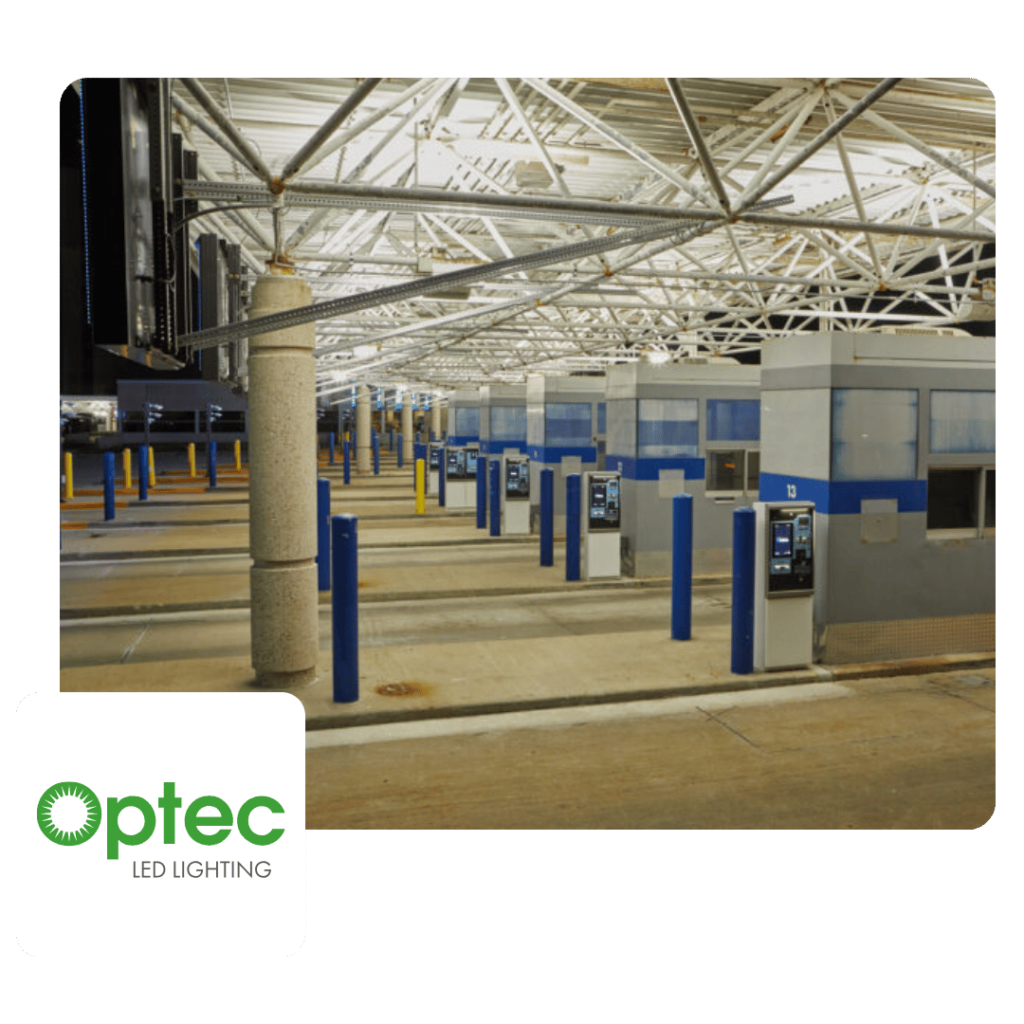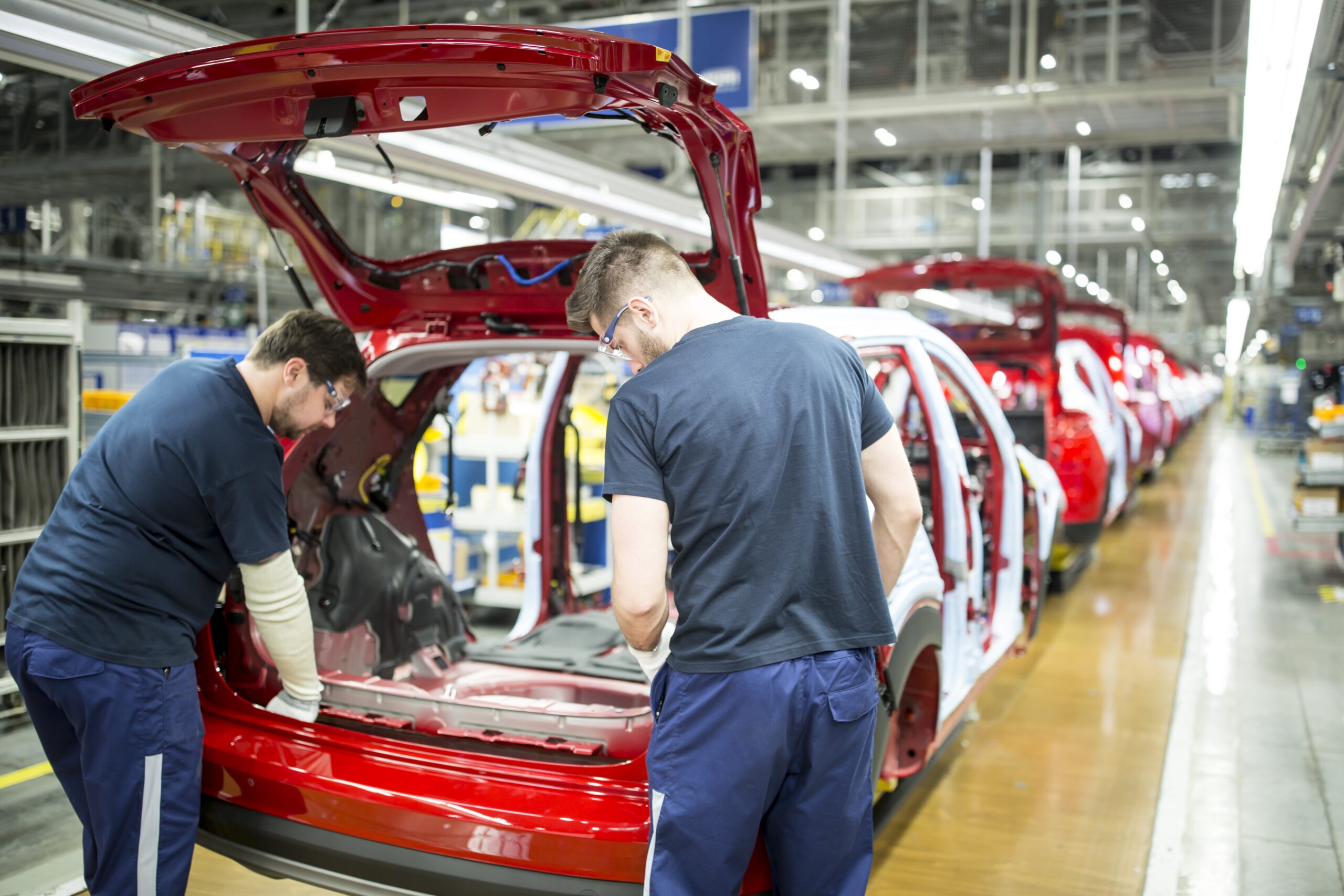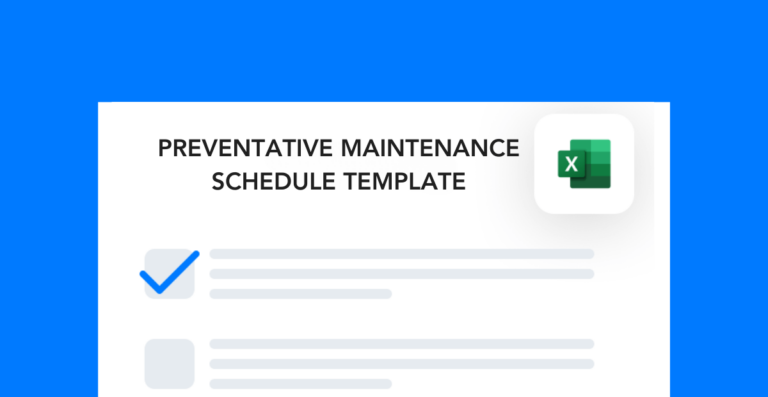Production downtime can easily throw off the flow of an operation, even if you plan it in advance. Oftentimes, unplanned stoppages or slowdowns are the result of preventable circumstances. To reduce operational downtime, you first need to understand what’s causing it and how safety software can help address those root causes.
Free PDF Version with Bonus Content Included!
Download the free PDF version of our EHS Buyer’s Guide to get get bonus content about the process of evaluating and selecting software vendors.

Machinery and Equipment Failures
The most common cause of downtime in manufacturing is equipment failure. This happens for all sorts of reasons:
- Age of the equipment
- Irregular or insufficient maintenance
- User error
- Quality of the equipment
If your team doesn’t perform routine maintenance to keep machinery running smoothly, then the risk of unplanned production downtime increases significantly. As always, a proactive risk management strategy is key.
EHS software helps you stay proactive with equipment management. Using action tracking software like Frontline ACT, you can:
- Track dates for when you’ll need to repair and replace different parts.
- Create a preventative maintenance schedule that includes all critical equipment.
- Schedule downtime for repairs in advance to limit the impact to production.
- Track your team’s equipment maintenance activities and inspections to keep them on schedule.
When paired with MOC software, you can also review and approve equipment changes before they’re implemented, preventing unexpected mechanical issues that lead to downtime. And don’t forget the ability to train your employees to properly clean and maintain the machines they use with a learning management system.
Human Errors and Interventions
Another common cause of production downtime is human error. After all, workers play a huge role in all areas of operational performance. Some examples of human mistakes that can lead to stoppages include:
- Incorrect use of production equipment, including improper setup.
- Poor communication across shifts or departments
- Workers’ inability to troubleshoot issues without assistance
- Lack of awareness of what’s happening up or downstream
Training is your best defense to prevent these types of errors. A learning management system (LMS) is one of the best tools to do just that. A system like Frontline LMS allows you to assign and track employee training, verify competency, and automatically refresh courses before they expire. Good training topics you might use are “How to Prevent Stoppages,” “Top Ways to Troubleshoot Your Equipment,” or “How to Hand Off Your Workstation to the Next Shift.”
Planning and Scheduling Issues
There are a couple ways that planning and scheduling issues affect production. First, not having a good demand forecast can strain your workforce. Workers may rush and overload the production line, resulting in unexpected downtime. On the flip side, maybe not enough workers show up and you’re unable to keep the line properly staffed.
Another example is the balance of competing resources. Say your inbound and outbound teams share equipment to keep their ship docks running. If you don’t allocate shared resources to meet the needs of the operation, that may leave specific areas without equipment needed to stay productive.
The only way to avoid these setbacks is to have a dedicated, accurate planning system in place. You may consider using APS software or doing regular production schedule audits to make sure you’re setting realistic operational goals. If you see too much downtime, consider lowering output for a specific period until you can keep up or find a new target.
EHS software also brings visibility and structure to planning tasks. Use it to assign corrective or preventive actions tied to scheduling, track resource availability, and ensure that communication across departments stays clear. This kind of coordination minimizes planning gaps that could otherwise lead to costly stoppages.
Quality Control Problems
Quality issues come from all types of sources—from defective raw materials to human error within the process. While some issues just create scrap, others create rework and production downtime.
To prevent these problems, you need to have a standard quality assurance process in place. This is especially true in manufacturing, where any combination of thousands of variables can affect quality. Your process should include a step for investigating the root cause of quality errors, so you can decide how to prevent them moving forward.
Adopting a Six Sigma system or implementing the ISO 9001 framework are two great ways to formalize your QA process. This can help you figure out why the line gets backed up when there’s a quality issue. That way, you can eliminate production disruptions while your team takes measures to rework and investigate errors.

Improving Quality Processes with Frontline ACT
Learn how Optec LED Lighting used our incident management software to improve their entire quality assurance and control program while reducing administrative tasks.
Incident management software helps you analyze and address the root causes of quality issues before they disrupt production. You can log quality deviations, assign follow-up actions, and monitor progress toward resolution in one system.
Setup and Shift Changeovers
Changing over shifts or setting up equipment almost always involves some sort of downtime. You might have issues with changeovers if your process is too complex or lacks standardization. That’s because variations make it harder to find bottlenecks.
Start by figuring out what’s causing the slowdown. Then, come up with ways you can try to speed things up. Maybe you need to create a standard process and train workers to follow it. Or maybe you need to come up with a better 5S system to make sure the right tools and materials are available for quick transitions.
Don’t forget to ask your employees what they think is slowing them down. You might be surprised to find that the layout of the workstation or the placement of one piece of equipment is the cause. Sometimes, the smallest changes can have a huge impact on productivity.
Management of change (MOC) software simplifies the process of documenting and approving changeover procedures. Frontline MOC allows you to standardize workflows, record best practices, and communicate updates consistently across shifts. By reducing confusion during transitions, your operation can get back up and running faster after every changeover.
Unplanned Maintenance Activities
If you’re not organized, maintenance activities can create unexpected production downtime. First, there’s the tangible lost time when you shut down a line for unplanned service. But you also lose out on employee productivity. As workers sit and wait for the line to restart, they fall out of optimal flow state. Once the operation starts up again, it can take a while for everyone to get back to the rhythm they were at before.
The main reason for unplanned maintenance is a lack of preventative maintenance. Without routine service, manufacturing equipment and machinery break down much faster. Poor documentation practices or failures to accurately predict the amount of time needed for upkeep can also cause unexpected shutdowns.
EHS software makes it easier to stay ahead of maintenance needs. It’s great for:
- Scheduling and monitoring maintenance activities
- Standardizing how you document equipment maintenance
- Carefully managing equipment changes to avoid critical malfunctions
- Setting up alerts when inventory of spare parts becomes too low
- Using predictive maintenance tools to monitor the health of your machinery
- Performing routine equipment inspections to address issues before they multiply
With MOC software, you can also evaluate how maintenance work will affect production, ensuring that equipment servicing happens at the least disruptive times. ot prepared.ls available can cause major production downtime (potentially weeks) if you’re not prepared.
Free Template!
Download this free Excel template to create a simple preventative maintenance schedule for your manufacturing equipment.
Supply Chain Disruptions
Upstream supplier issues in the manufacturing process tend to cause production downtime. Sometimes they’re the supplier’s fault, and sometimes they’re related to environmental or political events. Examples include:
- Environmental conditions that impact availability of raw materials
- Weather-related shipping delays
- Worker strikes or union issues
- Supplier acquisition, bankruptcy, etc.
- Political instability in supplier countries
- Global economic disruptions
Since many of these variables are out of your control, the best strategy against them is to work with a diverse pool of vendors and suppliers. Working with suppliers in different regions closes gaps to ensure that you always have the materials needed for production.
Using contactor onboarding software like Frontline CSM is a great way to manage compliance risks as well. You can verify contractor qualifications, track required documentation, and ensure external partners meet safety standards before work begins. This added visibility minimizes the risk of interruptions related to third-party performance.
External Environmental Factors
The most common examples of external factors affecting productivity include:
- Weather incidents
- Power outages
- Facility damage
- Events or incidents happening in the local community
These factors can trigger issues with your facility or equipment, and they might even cause emergency safety and security incidents.
One of the best defenses against environmental factors is thorough emergency planning. Your plan should outline your team’s response strategy for things like fires, storms, active shooters, security breaches, or major safety events. It should also include emergency contact information and responsibilities for each role. That way, when an emergency happens, you know exactly who’s in charge of which response tasks.
Proper facility maintenance is essential to avoid production downtime related to environmental factors. For example, regularly auditing the structural integrity of your site ensures that it’s protected from inclement weather. You should also have a backup power source ready to use in case of power outages.
Safety software also strengthens your emergency response and recovery efforts. Using Frontline ACT, you can log incidents, assign corrective actions, and track follow-up measures to improve future preparedness. Over time, this digital documentation helps you refine your emergency plans and reduce downtime when environmental or safety events occur.
Reducing Production Downtime with EHS Software
Production downtime impacts productivity, revenue, employee engagement, and other important measures of operational performance. While some downtime is inevitable, most of it is preventable. EHS software from Frontline Data Solutions is a powerful tool to help you manage downtime risks in real time.
Our EHS software suite helps you stay on top of preventative tasks to keep your equipment and workers up to speed. And if an incident does happen, you’ll have cleaner data to understand the root cause and prevent it in the future.
The suite has four modules you can mix and match, depending on your operational needs:
- Frontline MOC: Management of change
- Frontline ACT: Incident management and action tracking
- Frontline LMS: Employee learning management
- Frontline CSM: Contractor management and verification
Together, these tools help you move from reactive firefighting to proactive prevention. This means you can reduce disruptions, protect your bottom line, and create a more engaging environment for your workers.
If you’re ready to eliminate the guesswork and keep your production running at peak performance, schedule a demo today or use our pricing calculator to get an instant quote.





